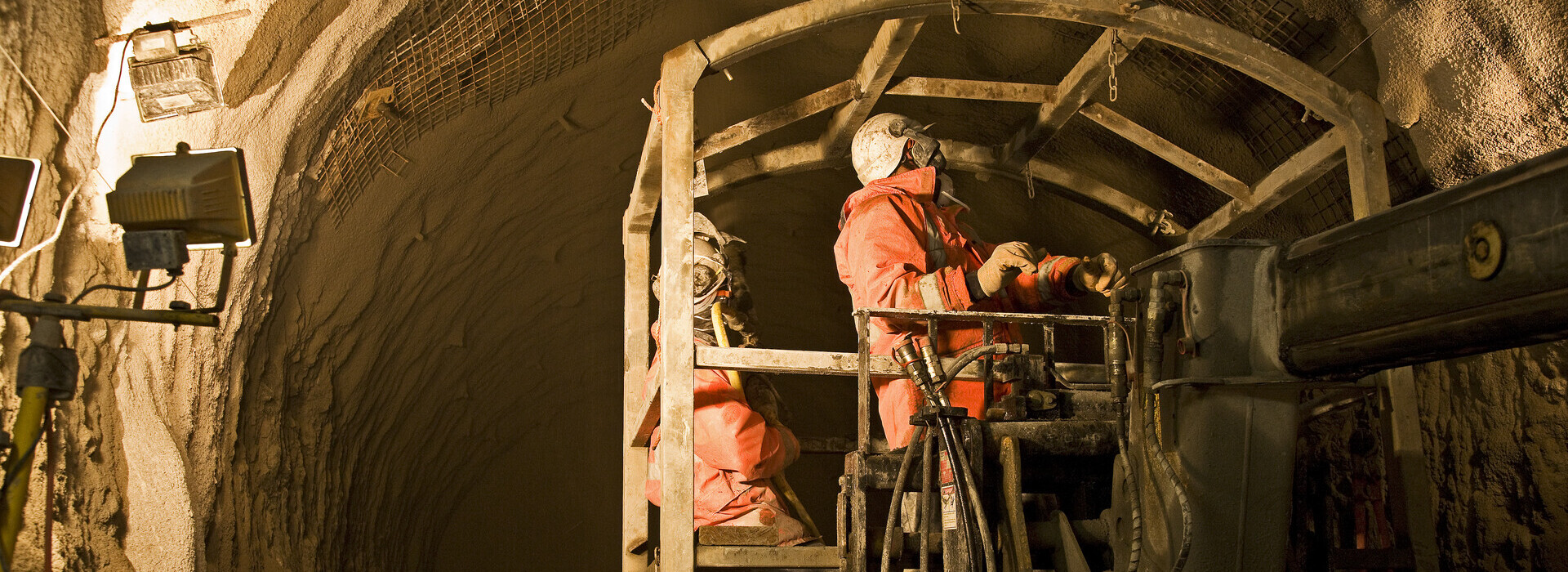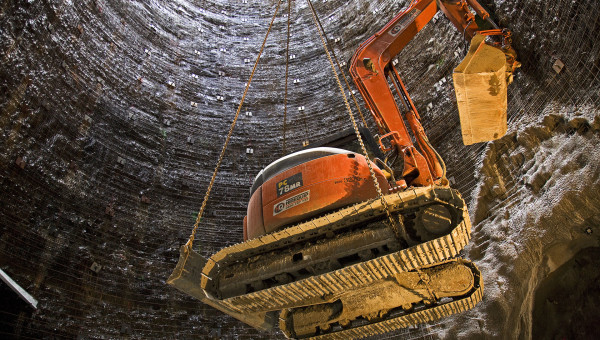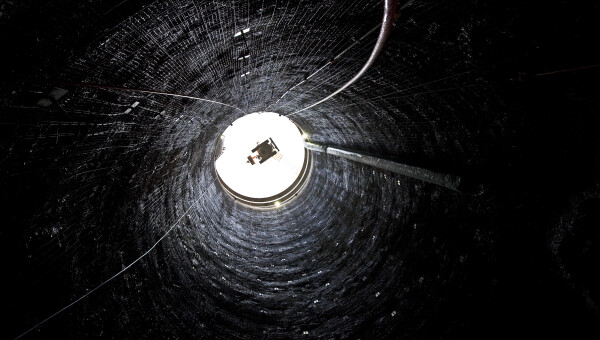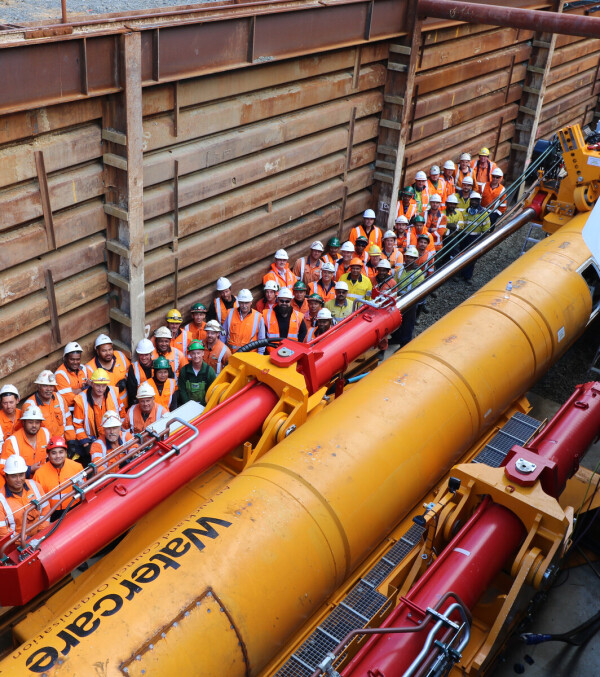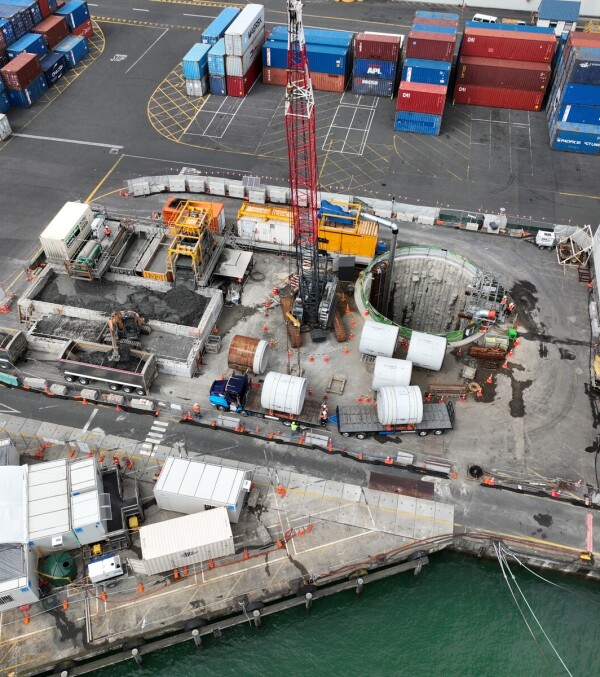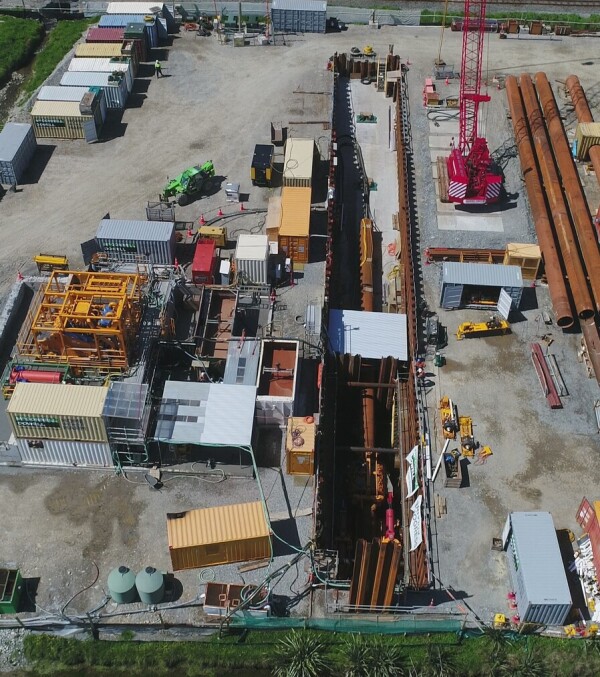|
Customer: North Shore City Council Contract type: Design and Construct Location: North Auckland, Auckland |
Fast Facts
|
We developed, designed and constructed an alternative and more cost effective solution for this new outfall, saving North Shore City Council $7 million.
Now discharging high quality treated effluent 2.8 km out to sea, the project is delivering on the Council's commitment to protect and improve the quality of beaches in the area.
The original project scope included a section of open trench, a tunnel and a marine outfall. Through an interactive tender process, we developed an alternative for a single bored tunnel and marine outfall. The alignment was also straightened, adding to the overall cost saving for our customer.
Our final solution involved a 3 km long TBM driven, segment lined tunnel with an internal diameter of 2.8 m. The Earth Pressure Balance TBM used was manufactured specifically for the project and was a first of its type used in New Zealand.
The tunnel connects to a 1.6 m diameter, 2 km long HDPE submarine pipeline laid in a dredged trench. The marine pipeline also includes a 300 m long diffuser section. Our scope also included inlet works and a shaft at the treatment plant.
The Challenge
Our contract required the construction of a number of complex structures in sensitive ecological and stakeholder environments. The outfall route stretches 2.6 km from the treatment plant to Mairangi Bay, running deep beneath streets, parks and reserves, commercial and residential properties and council owned land. It then runs under the seabed out into the channel.
Both tunneling and marine works are notoriously complex and our team faced several challenges including:
- Risk of possible hydro fracture due to hydraulic pressure
- Uncertainty of the integrity of HDPE pipeline welding and sealing
- Difficulty in TBM recovery because of alignment design
- Changing route alignments requiring additional consenting
- Irregular volcanic ground conditions
- Procuring for a curved route alignment
Project risks were mitigated through innovations in design and construction.
The Solution
We simplified and straightened the route for the western part of the outfall which allowed the length of the land based portion of the outfall to be tunnelled at least 25 m underground. The deep tunnel option was much less disruptive to Mairangi Bay residents and businesses.
Key to success
A close customer-consultant-contractor relationship was fundamental in adapting the permanent works design to suit best practice in contract management. Also key to our success was the relationship with suppliers, most notably the segmental lining and TBM suppliers. Our high level of quality, safety, and environmental management on the project was recognised through a number of industry awards.

